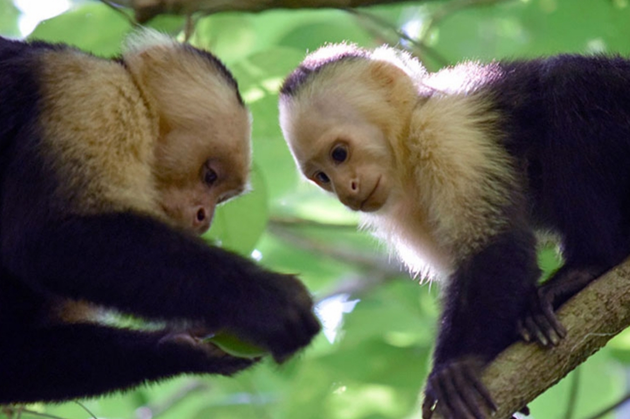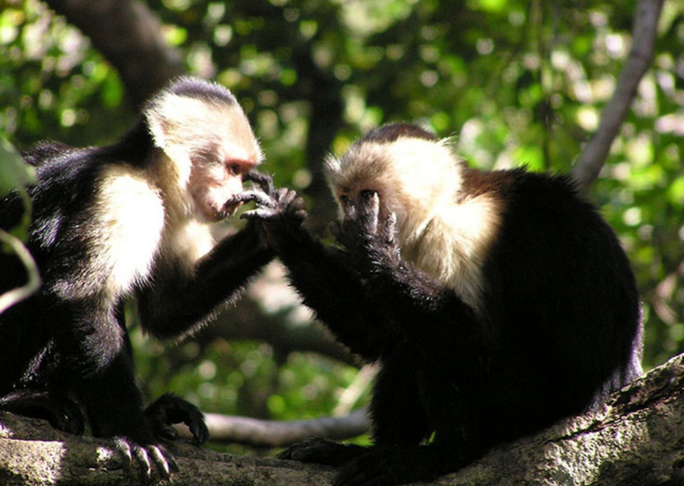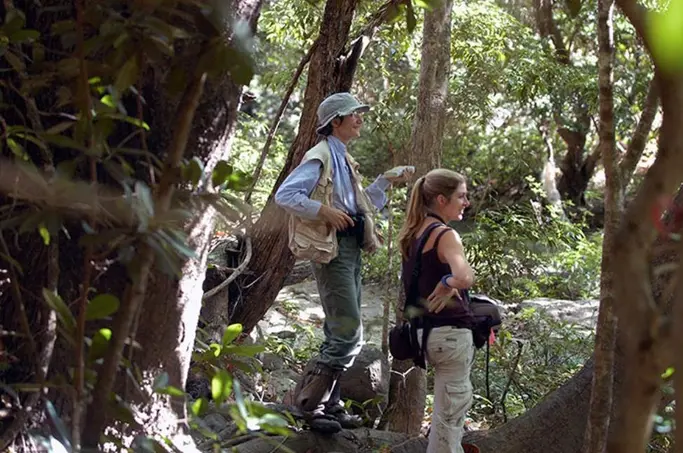Introduction to Capuchin Monkeys
Capuchin monkeys, often referred to as "finger monkeys" due to their small size, are among the most intelligent and adaptable primates in the New World. Native to the tropical forests of Central and South America, these remarkable creatures have captured the fascination of scientists and animal enthusiasts alike with their complex social structures and problem-solving abilities.
The name "capuchin" comes from their resemblance to the Capuchin friars, with their distinctive coloring resembling the brown robes and caps worn by these religious figures. There are currently 22 recognized species of capuchin monkeys, divided into four groups: tufted (Sapajus), untufted (Cebus), robust, and gracile capuchins.
"Capuchin monkeys demonstrate some of the most advanced cognitive abilities in the animal kingdom, including tool use, cooperation, and even rudimentary cultural transmission."
— Dr. Emily Richardson, Primatologist
Physical Characteristics
Capuchin monkeys are small to medium-sized primates, typically weighing between 1.5 to 4 kilograms (3.3 to 8.8 pounds). They have a body length of about 30 to 56 centimeters (12 to 22 inches), with an additional tail length of approximately 38 to 56 centimeters (15 to 22 inches). Their prehensile tails serve as a "fifth limb," allowing them to hang from branches and maintain balance while moving through the forest canopy.
These monkeys are characterized by their distinctive cap-like crown of fur, which varies in color from black to brown depending on the species. Their faces are typically light in color, creating a striking contrast with their darker bodies. Capuchins have a robust build with strong limbs and highly dexterous hands, enabling them to manipulate objects with remarkable precision.
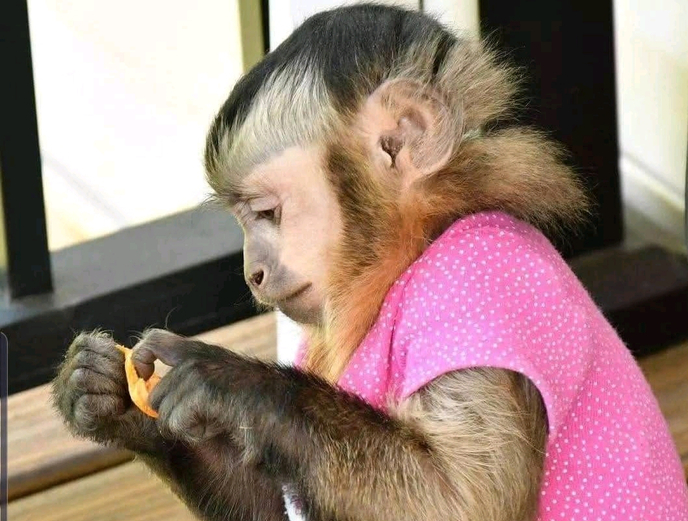
Tool Usage
Capuchins are among the few non-human primates known to use tools in the wild, using stones to crack nuts and sticks to extract insects.
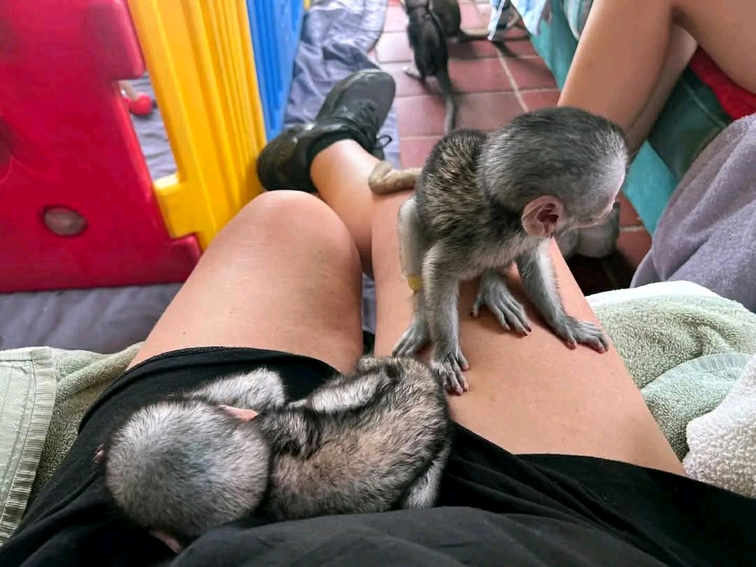
Social Behavior
Living in groups of 10-35 individuals, capuchins maintain complex social hierarchies and engage in cooperative behaviors like grooming.
Intelligence and Cognitive Abilities
Capuchin monkeys are renowned for their exceptional intelligence, ranking among the most cognitively advanced non-human primates. Their brain-to-body size ratio is the largest of any monkey, comparable to that of chimpanzees. This advanced cognitive capacity enables them to solve complex problems, use tools, and even understand basic numeric concepts.
In laboratory settings, capuchins have demonstrated an understanding of cause and effect relationships, the ability to delay gratification for greater rewards, and even rudimentary forms of economic decision-making. They can learn to use tokens as a form of currency, exchanging them for food rewards, and have shown an understanding of fairness in experimental settings.
Did You Know?
Capuchin monkeys can live up to 45 years in captivity, though their lifespan in the wild is typically 15-25 years.
They have been observed self-medicating by rubbing plants with insect-repellent properties on their fur.
Capuchins have unique fingerprints, just like humans, which are different for each individual monkey.
Habitat and Diet
Capuchin monkeys inhabit a diverse range of forest environments across Central and South America, from Honduras to northern Argentina. They are highly adaptable and can thrive in various forest types, including rainforests, dry deciduous forests, and mangrove swamps. These primates are primarily arboreal, spending most of their time in the middle and lower canopy of forests.
As omnivores with a diverse diet, capuchins consume fruits, nuts, seeds, flowers, insects, spiders, birds' eggs, and small vertebrates. Their varied diet contributes to their ecological importance as seed dispersers and predators of insect populations. Finger Monkey For Sale Their foraging strategy involves actively searching for food throughout the day, using their intelligence and dexterity to access hidden or protected food sources.

Capuchin Monkeys: Masters of Foraging
Watch how these intelligent primates use their problem-solving skills to find food in the wild
Conservation Status
While some capuchin species maintain stable populations, others face significant threats from habitat loss, hunting, and the illegal pet trade. The IUCN Red List classifies several capuchin species as Vulnerable or Endangered, including the critically endangered blonde capuchin (Sapajus flavius).
Deforestation for agriculture, logging, and urban development represents the most significant threat to capuchin populations. Additionally, despite legal protections, these intelligent primates are still captured for the exotic pet trade or for use in entertainment. Conservation efforts focus on habitat preservation, anti-poaching measures, and public education about the importance of these remarkable primates to their ecosystems.




